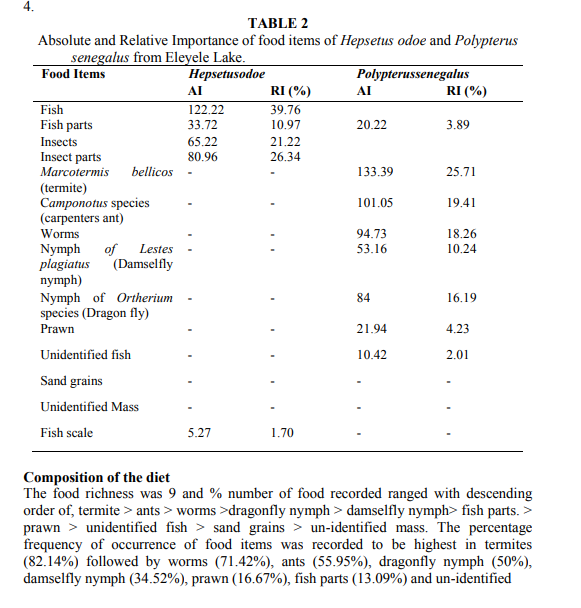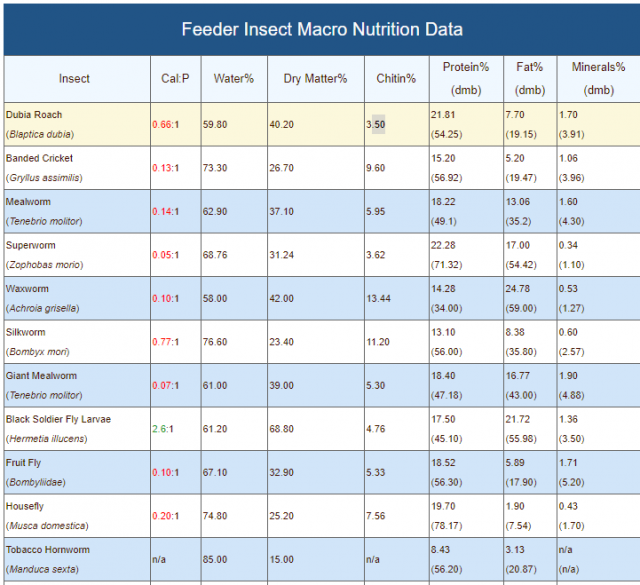Hey everyone. Since my bichir has been bullied away from food by a picky cichlid I have been mostly feeding her on the surface but the intake hasn't been enough so have started hand feeding with tongs, some fish pieces and also small Dubia cockroaches. We have many hundreds breeding at home, why not feed some to my fish.
People have warned about overfeeding insects due to a chitin buildup but through some reading have found something interesting; polypterus have Chitinase present in their stomachs, an enzyme that degrades chitin. Source here. Wild polypterus had insect matter in their stomachs between 20-30% of the time according to this study, which would make the presence of a chitin-degrading enzyme useful. Another study here shows an abundance of terrestrial insects such as termites and ants in Polypterus senegalus.

Knowing this it would probably be reasonable to mix a high volume of insects into the bichir diet without worry of stomach blockage. Alongside quality dry foods and frozen fish pieces. It would be handy in cases like mine where target feeding can improve food availability to polypterus in tanks where they are sometimes pushed from food. Thoughts?
People have warned about overfeeding insects due to a chitin buildup but through some reading have found something interesting; polypterus have Chitinase present in their stomachs, an enzyme that degrades chitin. Source here. Wild polypterus had insect matter in their stomachs between 20-30% of the time according to this study, which would make the presence of a chitin-degrading enzyme useful. Another study here shows an abundance of terrestrial insects such as termites and ants in Polypterus senegalus.

Knowing this it would probably be reasonable to mix a high volume of insects into the bichir diet without worry of stomach blockage. Alongside quality dry foods and frozen fish pieces. It would be handy in cases like mine where target feeding can improve food availability to polypterus in tanks where they are sometimes pushed from food. Thoughts?








